The University of Illinois, Feeding Illinois, the Illinois Specialty Growers Association, and the Illinois Farm Bureau are collaborating to collect and collate information on the locations, types, and quantities of “surplus” specialty crops in Illinois, including potential acquisition costs. Through a producer survey, a series of focus groups, and implementation of pilots across the state the team looks to uncover the optimal mix of incentives and program interventions to overcome the current barriers to efficient flows of fresh food produced in Illinois, to Illinois residents, with as little waste as possible.
Wasted Food = Wasted Resources + Wasted Dollars + Wasted Nutrition
According to the second edition of the Natural Resources Defense Council report Wasted: How America is Losing up to 40 Percent of Its Food From Farm to Fork to Landfill, roughly two-fifths of the food we produce in our country goes uneaten for a variety of reasons, based on losses in the production, processing, distribution, and consumption stages of our food system. Beyond the food itself, this reality represents a huge loss of the resources invested in our nation’s food production–“food and agriculture consume up to 16 percent of US energy, almost half of all US land and account for 67 percent of the nation’s freshwater use.”
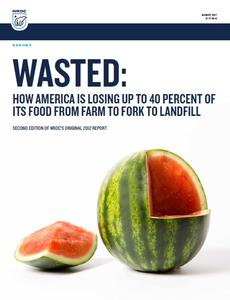 The loss is economic as well as environmental. NRDC estimates that over 400 pounds of food are wasted per person annually in the US, equivalent to “a loss of up to $218 billion each year, costing a household of four an average of $1,800 annually.”
The loss is economic as well as environmental. NRDC estimates that over 400 pounds of food are wasted per person annually in the US, equivalent to “a loss of up to $218 billion each year, costing a household of four an average of $1,800 annually.”
The situation is made all the more tragic when considering that Feeding America estimated 14.3 million American households were food insecure with limited or uncertain access to enough food in 2018. “Food insecurity” refers to a lack of access to enough food for an active, healthy life for all household members and limited or uncertain availability of nutritionally adequate foods.
In 2018, 1,283,550 people experienced food insecurity in Illinois.
Global Pandemic Makes a Bad Situation Worse
During the COVID-19 pandemic, the issues of food waste and hunger have become even more pronounced. In the wake of unemployment, medical bills and other unforeseen costs, many people have struggled to make ends meet. Simultaneously, our food supply chain scrambled to pivot to a world in which institutions and businesses involved with food service or food retail shut down as part of efforts to slow the spread of disease. As an example of the challenges this presented, some perishable goods like milk or meat may be produced and packaged in bulk specifically for large-scale customers such as restaurants. So, when those customers suddenly no longer exert their typical demands on the system, large quantities of commodities may spoil if new customers can’t be identified to absorb the available supply, or if the means for alternative packaging or distribution cannot be quickly realized. News reports featured stories of commodities without outlets being dumped or livestock euthanized and record-long lines at food banks. Feeding America estimates that due to the effects of the coronavirus pandemic, more than 50 million people may experience food insecurity, including a potential 17 million children.
Farm to Food Bank Programs as Viable Solutions
Decreasing waste and increasing nutritional access are being addressed across the nation in various ways. One strategy for addressing these issues simultaneously is through Farm to Food Bank programs. “Farm to Food Bank” projects are defined in the Code of Federal Regulations [ at 7 CFR 251.10(j)] as “the harvesting, processing, packaging, or transportation of unharvested, unprocessed, or unpackaged commodities donated by agricultural producers, processors, or distributors for use by Emergency Feeding Organizations (EFOs)”–i.e., hunger relief agencies. Some existed long before pandemic-related restrictions rocked the nation’s food systems, since it is not uncommon for farmers to donate their surpluses to local hunger relief agencies. Existing programs have had to work hard to keep up with increased demand during the pandemic and expand where possible. Several new farm to food bank programs have been created over the past year in direct response to pandemic-related systemic pressures, as highlighted in a recent article for Civil Eats by Lynne Curry. Many of these are notable because they use donated funds to pay farmers fair market prices for commodities that would otherwise be wasted, or to cover other economic barriers to surplus redistribution (e.g. labor or transportation costs), creating interim markets as a stopgap response to disruptions caused by the pandemic.
One such program, The Farmlink Project, was launched in April 2020 by college students in response to the struggling they witnessed in their home communities after returning from their shut-down campuses. The project uses donated funds to pay for the packing of farm surplus and delivery to food distribution sites. Databases of interested farmers and nearby food banks are being built to enable efficient connections. Partnership with Food Finders, a food rescue organization, and Uber Freight allows logistical hurdles to be addressed by those with appropriate expertise. In the organization’s short life it has grown to involve more than 100 college and university students from across the country, serving all but five of the fifty United States, and has delivered over 22,000,000 pounds of food, according to the project website.
In New Mexico, the American Friends Service Committee (AFSC), a Quaker organization, began its Farm to Food Bank Project at the start of the pandemic, and reported in December 2020 that it had provided “more than 12,000 pounds of local, fresh produce–reaching thousands of community members in need.” AFSC uses donations to purchase “organic produce from 25 sustainable farms and distribute that food to Roadrunner Food Bank—the state’s largest food bank—as well as five shelters and food pantries that serve people who are homeless, domestic violence survivors, seniors, and immigrants.” They additionally supply “farmers with seeds and other farming materials, as well as safety items like face masks and gloves. In return, farms are providing a portion of the food they grow to local relief agencies.”
Some long-running programs have integrated various ways to address economic barriers for farmers. Operating since 2005, the California Association of Food Banks (CAFB) Farm to Family program offers a “pick and pack” fee to farmers to help mitigate harvesting and packaging costs. CAFB handles the logistics, transporting surplus food from farms to food banks throughout the state for redistribution. Participating farmers are also eligible for a 15% state tax credit.
With these and many other examples elsewhere in the nation, various stakeholders in Illinois are considering what lessons can be learned to determine how the farm to food bank concept could be applied to circumstances within our state.
Stakeholders Collaborate to Improve Food Security in Illinois
Even before the pandemic began, Illinois stakeholders were considering how to ensure more food would reach those in need through farm to food bank strategies. In early 2020, staff from Feeding Illinois and the Illinois Farm Bureau began discussions related to expansion of programs and opportunities for moving surplus food commodities to hunger relief agencies throughout the state. These agencies reached out to the Illinois Sustainable Technology Center (ISTC) Technical Assistance Program (TAP) to discuss the types of data and analyses needed to support such efforts. Plans began for a feasibility study, involving collaboration with the Illinois Specialty Growers Association, to expand and improve farm to food bank commodity flows. The study kicked off with a survey of participants at the annual Illinois Specialty Crops Conference in January 2021.
The overall outcomes of this project are being realized by meaningful collaboration between over two dozen organizations across Illinois. The feasibility study is being led by Feeding Illinois with support from the University of Illinois-Urbana Champaign, the Illinois Farm Bureau, and the Illinois Specialty Growers Association. ISTC’s TAP is spearheading data collection and analysis, as well as final report preparation.

Project Objectives
The feasibility study will involve collection and collation of information on the locations, types, and quantities of “surplus” specialty crops in Illinois, including potential acquisition costs. Objectives include:
- Provide producers with additional end markets for commodities
- Identify the quantity and quality of surplus food in Illinois
- Expand supply of fresh food to food banks
- Increase food security
- Reduce food loss and foster a statewide circular economy
- Establish a sustainable farm to food bank program in Illinois
Study Components
In order to evaluate and devise effective strategies for expansion of farm to food bank programs within Illinois, the study team is evaluating what has worked as part of such programs in other states. Project staff are reviewing and reaching out to similar programs nationwide to compile best practices, key challenges, pinch points where material flows may slow down or stop due to a variety of factors, performance indicators, and key stakeholders to include in strategic planning.
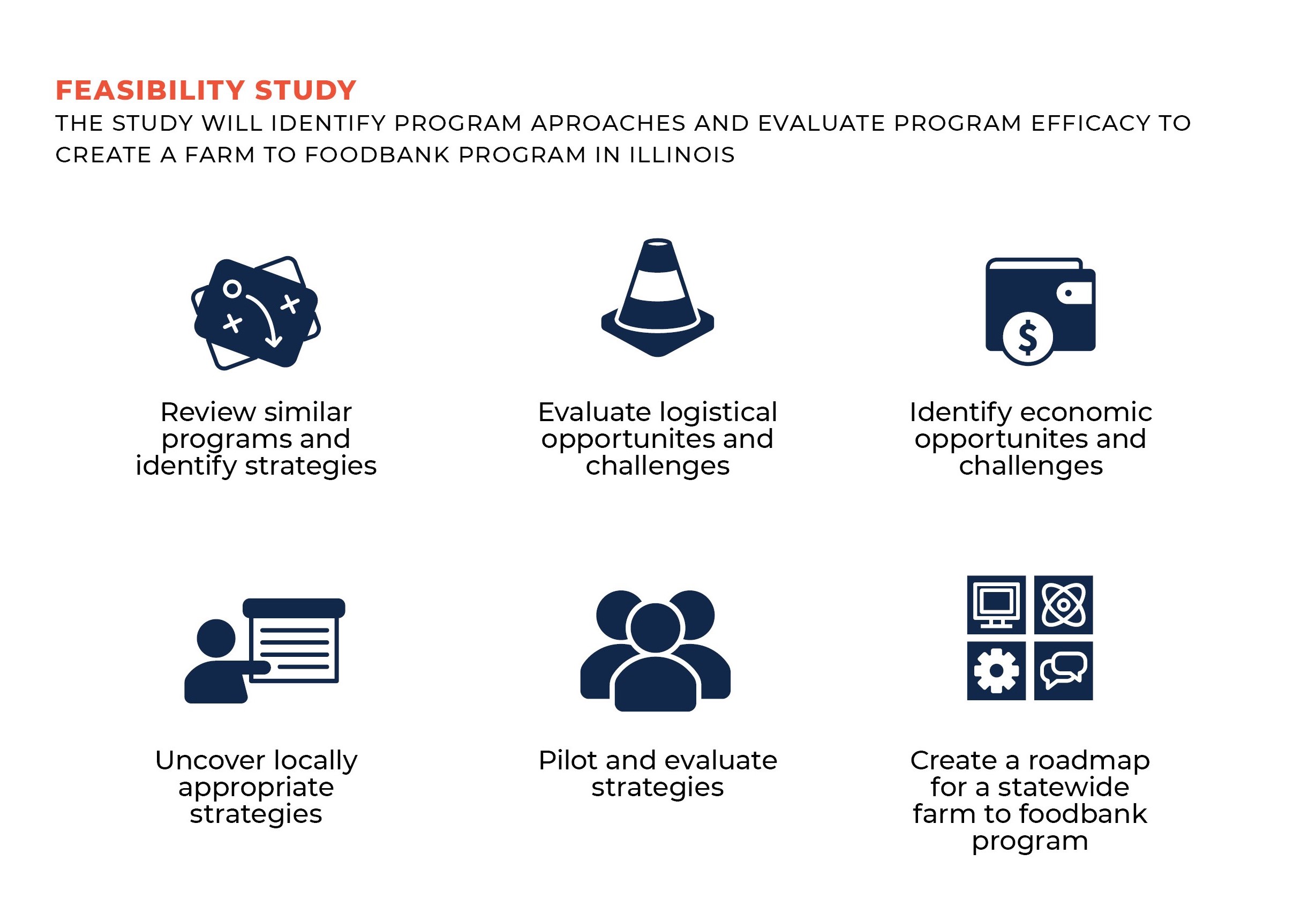
Simultaneously, the project team is taking a three-pronged approach to compile the data necessary to develop and assess the feasibility of strategies for a statewide farm to food bank program in Illinois.
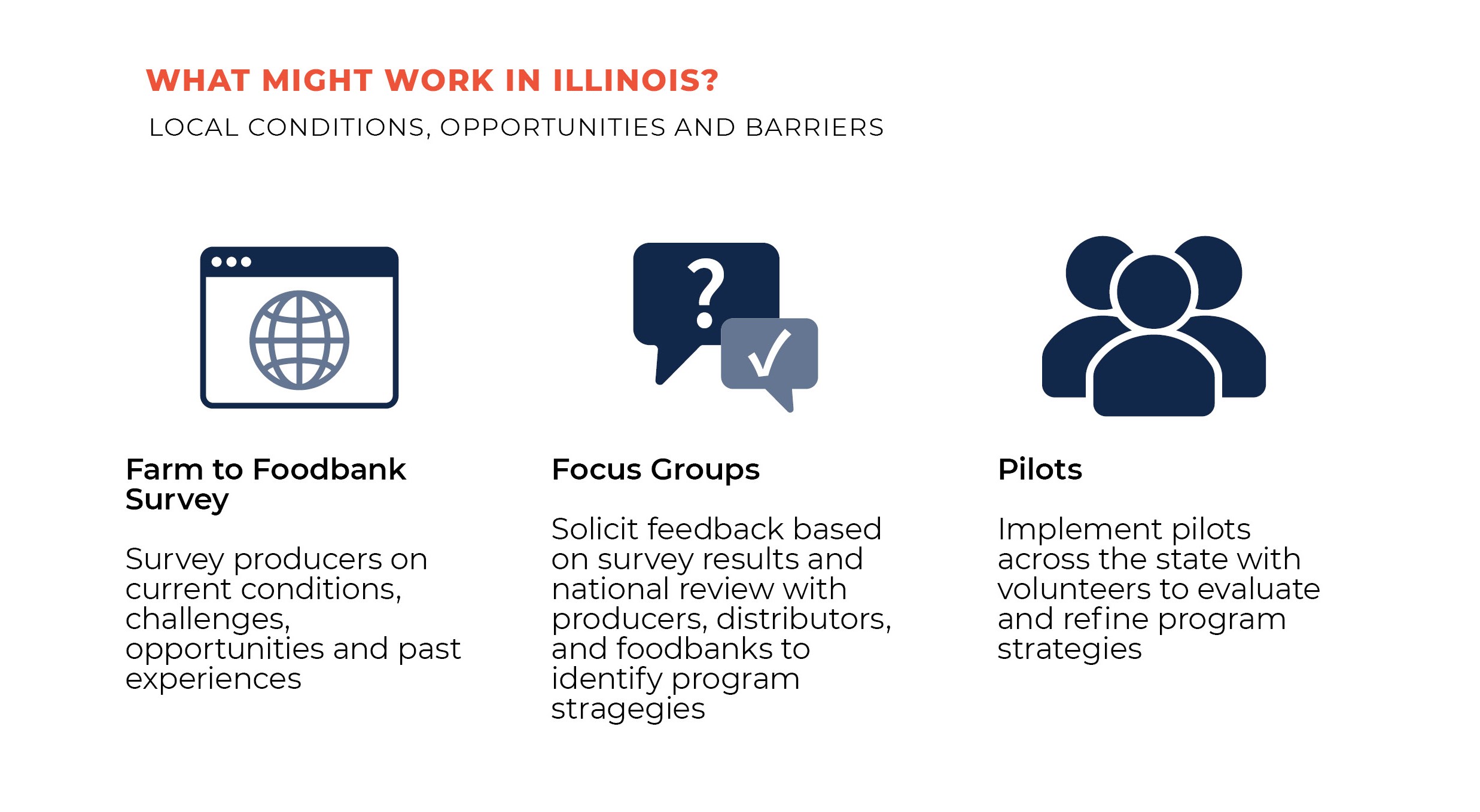 The first step is collecting feedback from Illinois producers on current conditions, challenges, opportunities, and past experiences via the aforementioned online survey, which was launched during a session presented at the virtual 2021 Illinois Specialty Crop Conference that took place in January. Conference attendees were encouraged to complete the survey during the conference and will receive electronic reminders from session coordinators. It includes questions on current practices, market channels, market alternatives, product marketability, and the farm-to-food-banks experience from the producer perspective. The survey will be open to Illinois producers until March 15th.
The first step is collecting feedback from Illinois producers on current conditions, challenges, opportunities, and past experiences via the aforementioned online survey, which was launched during a session presented at the virtual 2021 Illinois Specialty Crop Conference that took place in January. Conference attendees were encouraged to complete the survey during the conference and will receive electronic reminders from session coordinators. It includes questions on current practices, market channels, market alternatives, product marketability, and the farm-to-food-banks experience from the producer perspective. The survey will be open to Illinois producers until March 15th.
Additionally, virtual focus groups including producers, representatives of hunger relief agencies, and food distributors will be held, to supplement, validate, and contextualize the information gathered through the surveys. This will also provide TAP the opportunity to gauge feasibility, interest, and barriers to implementing and participating in a farm to food bank project among producers.
Survey respondents and focus group participants will have the opportunity to indicate interest in participating in future pilot studies of any new farm-to-food-bank strategies to address food insecurity identified as part of this overall feasibility study.
Finally, TAP will synthesize the findings from the surveys and focus groups to estimate the statewide supply of food commodities not currently entering the market. TAP will prepare a final report–essentially a roadmap for a statewide farm to food bank program–outlining the opportunity and feasibility (including both logistical and economic considerations) of implementing various farm to food bank project scenarios. The report will be made available online to inform Illinois producers and other stakeholders, and to assist with similar efforts in other states.
Participate
Illinois producers can support these efforts by completing our survey. It takes approximately 10 minutes to complete. If you prefer, request to have a a hard copy of the survey mailed to you by contacting ISTC’s Technical Assistance Program.
For additional information, assistance with survey completion, or to express interest in participating in the forthcoming focus groups, please contact the ISTC Technical Assistance Program.
Learn More
- NRDC: Food Waste
- Feeding America Map the Meal Gap
- Local Food Farmer Caucus: Pressures Report
- Food Waste and Covid-19: Impacts along the Supply Chain
- The Farm to Food Bank Movement Aims to Rescue Small-Scale Farming and Feed the Hungry
- Farm to Food Bank Projects in California & Arizona: The Impact on Farmers and Hunger Relief
- Ag leaders, nonprofits address food insecurity in Illinois
- The Time Is Ripe For Ugly Fruits And Vegetables
- ReFED: Rethink Food Waste


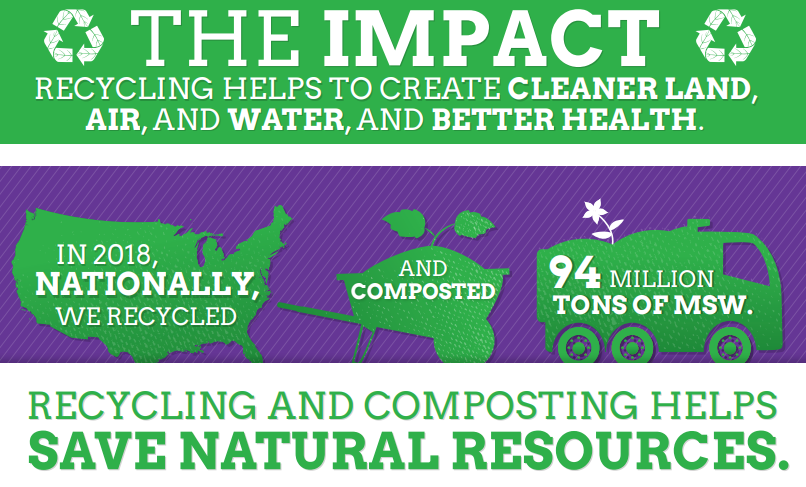
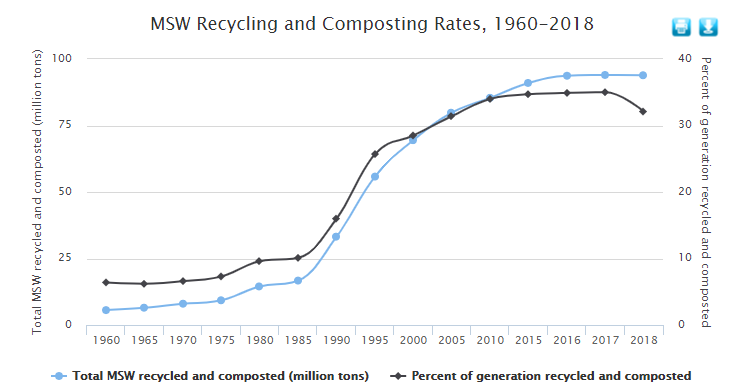
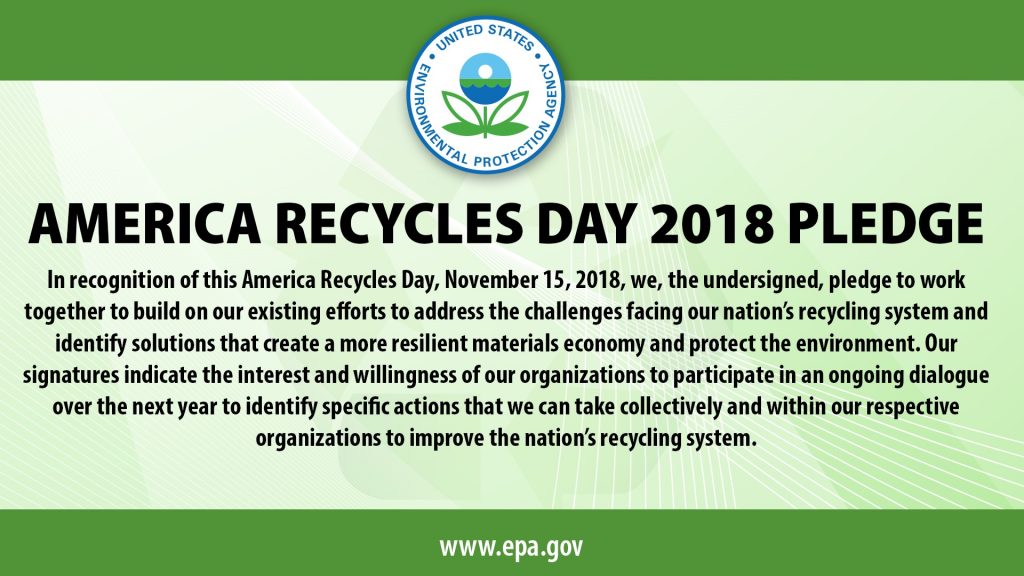
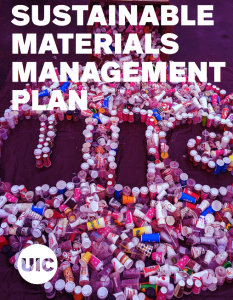 The
The 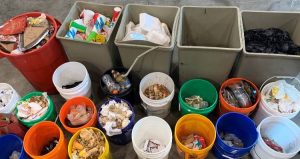 material categories.
material categories. 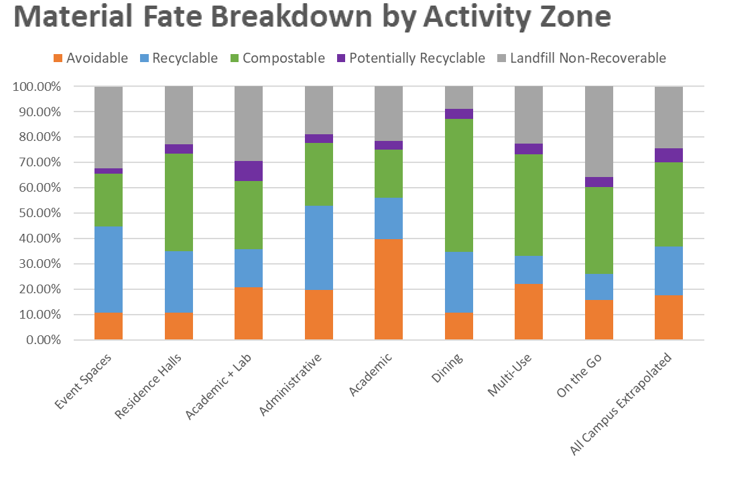
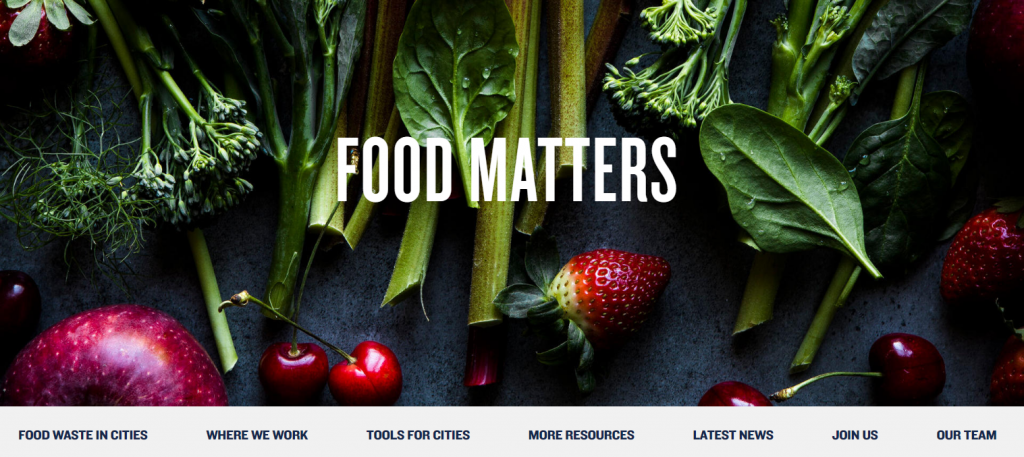
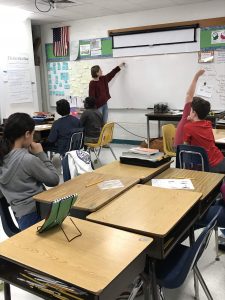 Amanda Price piloted the unit in two fifth grade science classes at Butler Elementary and Sandburg Elementary February-March 2020. Both schools are located in Springfield, IL. Amanda works as a Graduate Public Service Intern (GPSI) in the offices of Environmental Education and Community Relations at Illinois EPA. The
Amanda Price piloted the unit in two fifth grade science classes at Butler Elementary and Sandburg Elementary February-March 2020. Both schools are located in Springfield, IL. Amanda works as a Graduate Public Service Intern (GPSI) in the offices of Environmental Education and Community Relations at Illinois EPA. The 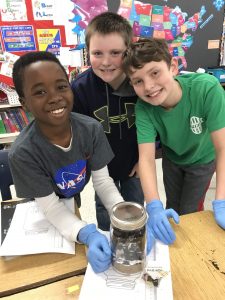 driven by student questions. It teaches students the importance of food waste reduction, landfill diversion, and composting as part of a circular food system. Students create “landfills in a jar” with materials given to them with the goal of protecting the sand, or “groundwater,” at the bottom of the jar. Students also create “compost in a jar” using fresh food scraps and other compostable materials. Students monitor their jars throughout the unit and record scientific data such as temperature and mass. They learn how bacteria act as decomposers. The unit also incorporates map-reading and asks students to think critically about the pros and cons of choosing space for new landfill construction.
driven by student questions. It teaches students the importance of food waste reduction, landfill diversion, and composting as part of a circular food system. Students create “landfills in a jar” with materials given to them with the goal of protecting the sand, or “groundwater,” at the bottom of the jar. Students also create “compost in a jar” using fresh food scraps and other compostable materials. Students monitor their jars throughout the unit and record scientific data such as temperature and mass. They learn how bacteria act as decomposers. The unit also incorporates map-reading and asks students to think critically about the pros and cons of choosing space for new landfill construction.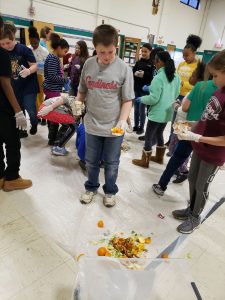 The main hands-on activity in the unit is a food waste audit, which can be performed at various scales. Students use data from the audit to calculate the estimated food wasted per person, during the school year, etc. Students end the unit by creating a community awareness or action plan to inform their community or advocate for change. A few students at Butler Elementary wrote a letter to the principal asking him to install a clock in the cafeteria so students could track how much time they had to eat. The principal took swift action and ordered the clock.
The main hands-on activity in the unit is a food waste audit, which can be performed at various scales. Students use data from the audit to calculate the estimated food wasted per person, during the school year, etc. Students end the unit by creating a community awareness or action plan to inform their community or advocate for change. A few students at Butler Elementary wrote a letter to the principal asking him to install a clock in the cafeteria so students could track how much time they had to eat. The principal took swift action and ordered the clock.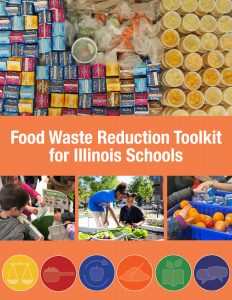 What’s the problem with food waste in schools?
What’s the problem with food waste in schools?